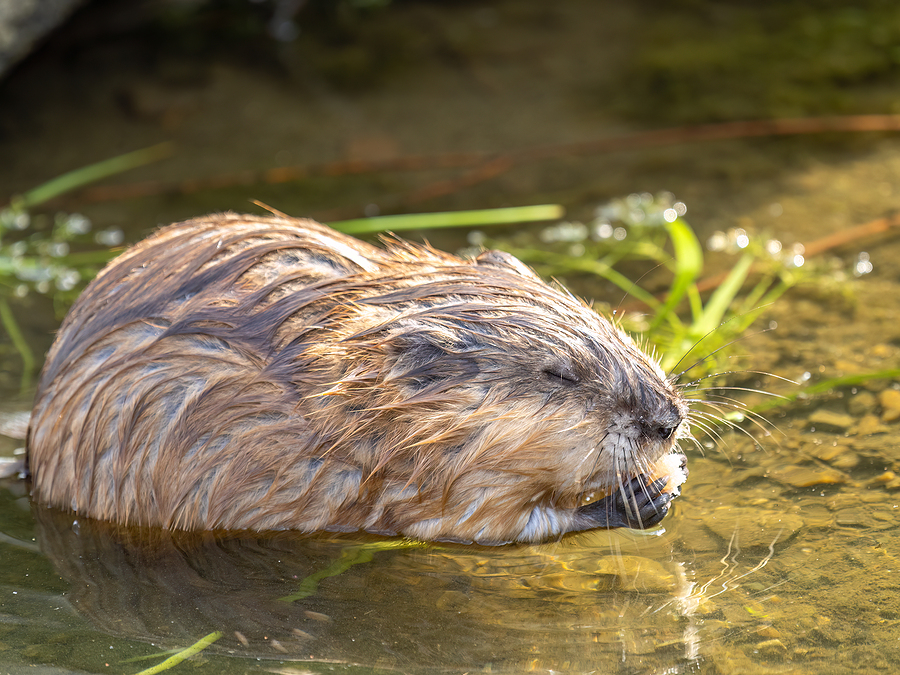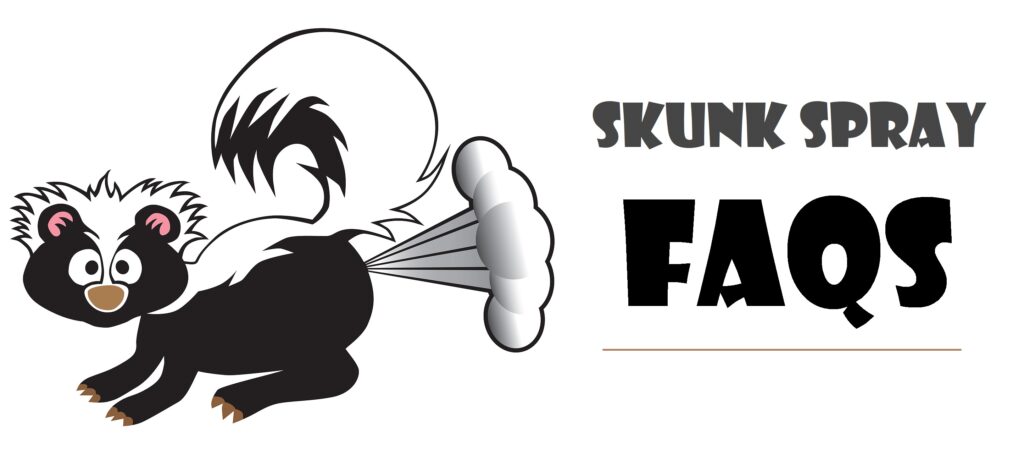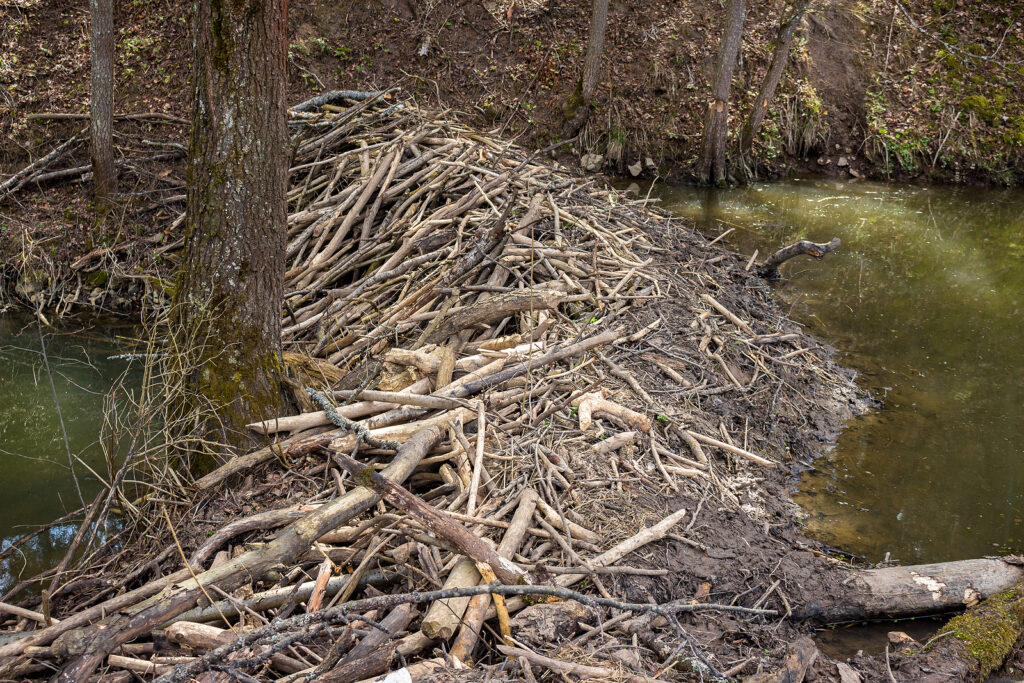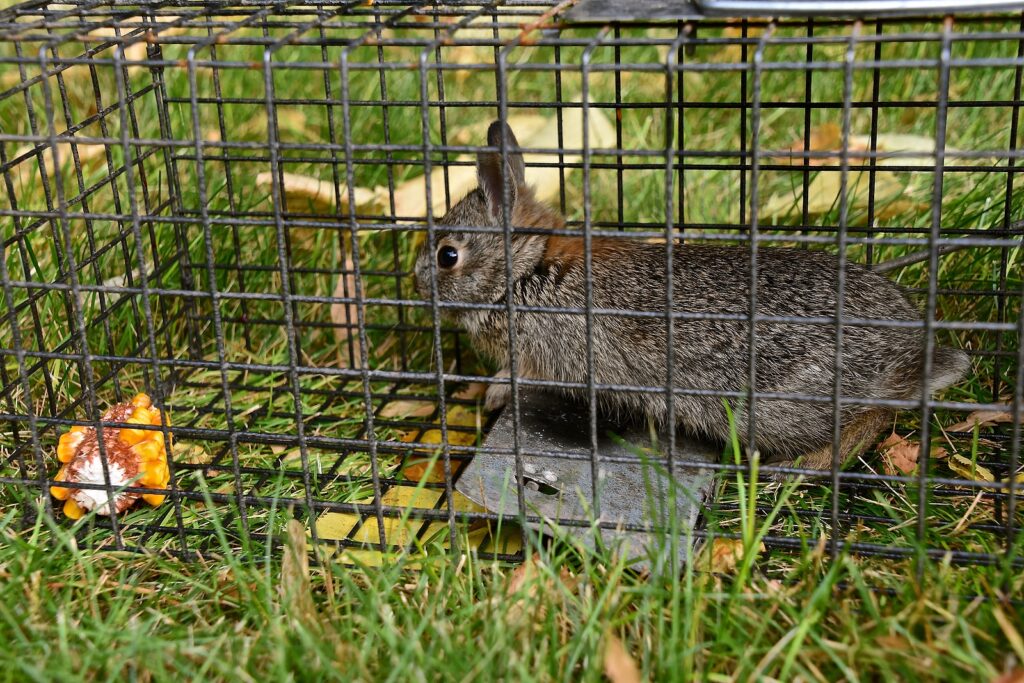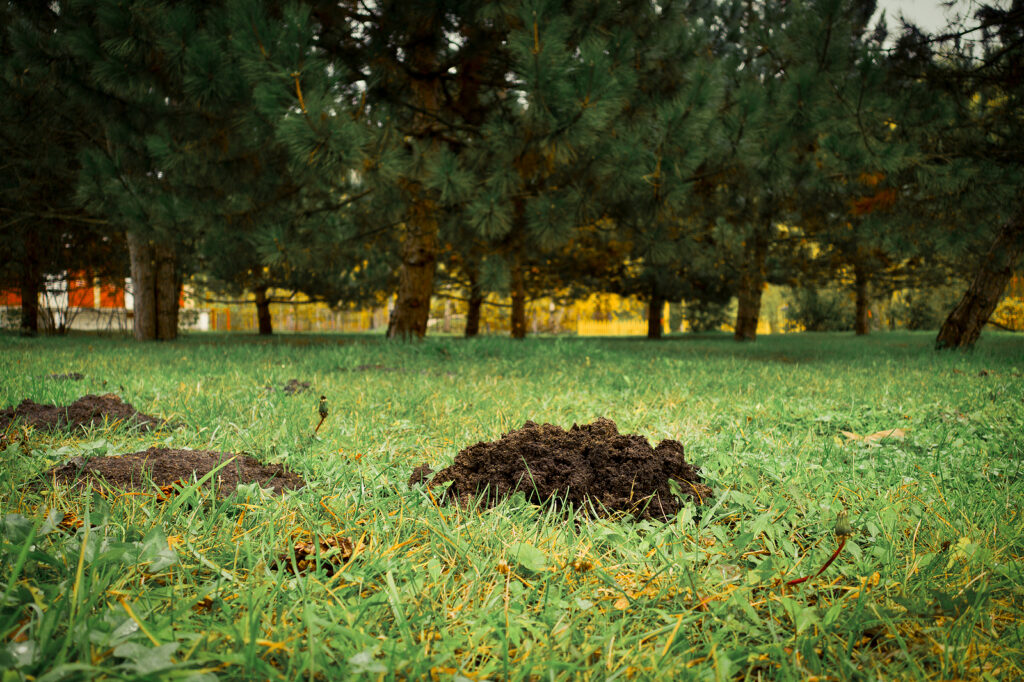Squirrels are cute, but they are not very polite when it comes to your belongings. Everything from trashcans and birdfeeders to potted plants, flowerbeds, and more are prime targets for nuisance squirrel tampering. If the squirrels around your property are getting into all your things, it is time to stop them in their tracks.
Continue below to learn some safe, easy, and humane ways to keep squirrels out of your stuff!
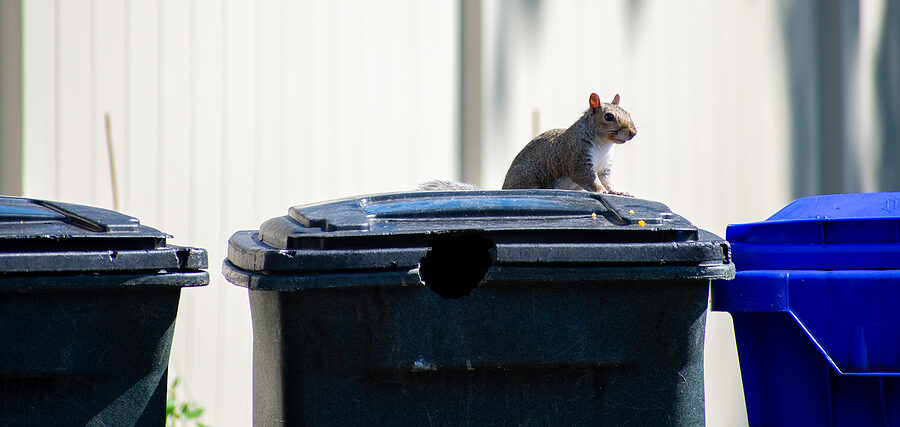
Squirrel Control Tips
Keeping Squirrels Out of Trashcans
Typically, raccoons and opossums are the critters that carry the reputation for pillaging trashcans and dumpsters. But surprisingly, squirrels will gladly take a dirty dive when a garbage receptacle is open and accessible. Trashcans are essentially a free, all-you-can-eat buffet for squirrels, and they will go out of their way to get inside them. Fortunately, there are several easy ways to keep squirrels out of your trashcans.
Enclosures – Remove access to your trashcans by moving them to an enclosed area, like inside the garage or shed. If this is not an available option for you, look into purchasing a garbage can enclosure. These look like large, wooden laundry hampers with locks.
Bracing – When trashcans fall over, squirrels get a free-for-all. In fact, toppled trashcans are what attracts nuisance squirrel activity in the first place. They remember that these large, plastic cans carry all sorts of delicious scraps. By bracing your trashcans, you can prevent them from falling over and giving squirrels a reason to come by.
Metal – Make the switch to metal trashcans. Metal cannot be chewed through like plastic, so they stand up well to nuisance squirrel tampering. Of course, your municipality might not allow it for your pick-up garbage receptacles, you can use metal cans for the rest of your on-property waste collection needs.
Deterrents – Use a combination of non-toxic critter repellent and critter deterrents to keep your trashcans clear of nuisance squirrel activity. You can make your own repellent by combining capsaicin oil, ground cayenne pepper, and water into a plastic spray bottle. You can also install devices like motion detection sprinklers and lighting to scare off squirrels.
Keeping Squirrels Out of Bird Feeders
Bird feeders are a common target for squirrels. They just love all of the seeds, nuts, and legumes inside conventional birdseed products, and with their climbing and grasping skills, they can easily get into those little hanging houses. Fortunately, there are some ways you can stop squirrels from stealing all of your birdseed.
Safflower Seeds – Squirrels do not like safflower seeds. But birds like cardinals, chickadees, woodpeckers, finches, and even dogs love them. Fill your birdfeeders with safflower seeds and you will see the nuisance squirrel activity dwindle within a day.
Avoid Trees – Squirrels are excellent climbers and leapers. For this reason, it is recommended to hang your bird feeders far away from trees and tree limbs so that squirrels have less access to them.
Deterrents – Deterrents work well here, too. You can combine a peppery non-toxic squirrel repellent spray and apply it to the pole and base of your bird feeders. Birds will mind it, but squirrels hate the sensation they get from sniffing or licking pepper.
Baffles – Squirrel baffles are cone-shaped domes that you install around a bird pole so that squirrels cannot get access to a birdfeeder. They simply slide off! Baffles are inexpensive and available at your local gardener home improvement store. If you don’t want to buy a baffle, you can just grease the bird feeder pole. Squirrels will just slip off when they try to climb up!
Are you looking for professional squirrel control assistance in the Indy area? Contact Modern Wildlife Control at 317-847-6409 for licensed and insured animal trapping and removal for squirrels in Indianapolis, Indiana. We serve residential and commercial clients.
Related Posts:
Will the Color Red Scare Squirrels Away?
Frequently Asked Questions About Squirrel Control
How to Protect Bird Feeders From Hungry Squirrels

